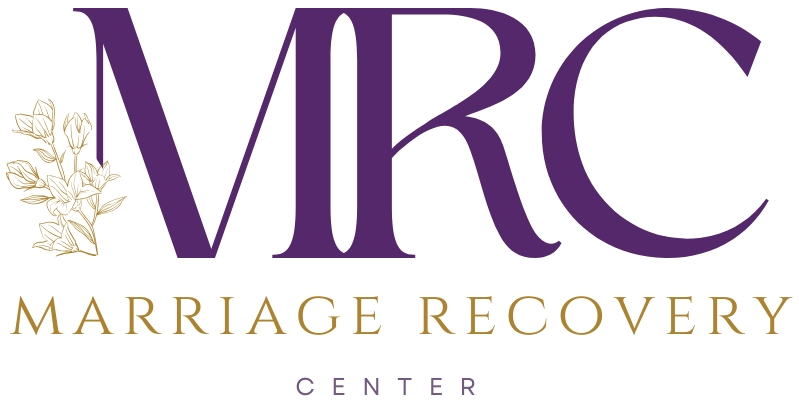We’ve been talking about the power of EMDR to help clients overcome trauma and experience freedom from a past or ongoing event that they just can’t seem to get past. This video focuses on how to use safe place in EMDR. EMDR involves going back into traumatic and painful memories, so it’s important to have a way for clients to be able to come back to a place of calm and safety when they start to feel overwhelmed by the body sensations and emotions that are triggered both during the EMDR session as well as outside of sessions.
Leigh Ann Fernandez demonstrates how she uses Safe Place to bring her clients back to equilibrium if they start to experience an uncomfortable level of distress during an EMDR session.
How to Use a Safe Place in EMDR
In the world of trauma therapy, Eye Movement Desensitization and Reprocessing (EMDR) stands out as an effective approach for addressing past traumatic experiences. EMDR helps individuals process and heal from the emotional scars left by traumatic events. One essential element of EMDR is the concept of a “safe place.” In this article, we will explore how to use a safe place in EMDR therapy to facilitate emotional healing and resilience.
Understanding the Purpose of a Safe Place
Before delving into the practical aspects of using a safe place in EMDR therapy, let’s first understand its purpose. EMDR therapy often involves revisiting traumatic memories, which can be distressing and emotionally overwhelming for individuals seeking treatment.
The safe place serves as a refuge, a mental oasis, where clients can retreat to whenever they feel overwhelmed, anxious, or unsafe during the therapeutic process. It’s a sanctuary they can create within themselves.
Leanne Fernandez, an expert in EMDR therapy, emphasizes that the safe place exercise is an integral part of the therapy. It provides clients with a sense of security, both during EMDR sessions and in their daily lives. The safe place is a tool for achieving emotional equilibrium and feeling secure while processing trauma.
Setting Up Your Safe Place
To illustrate how the safe place is established and utilized, let’s follow the example of Charmin Kimbrough, who is volunteering to participate in this demonstration.
- Choosing a Safe Place: The first step is to identify a place or scenario where you felt completely safe in the past. This can be a real location you’ve visited or even an imaginary setting. The key is that it should evoke feelings of safety, calmness, and serenity.
- Recalling Sensory Details: Once you’ve chosen your safe place, immerse yourself in it mentally. Recall sensory details such as sights, sounds, smells, and even the physical sensations you experienced when you were there. Try to relive this memory as vividly as possible, as if you were watching a movie.
- Bilateral Stimulation: During this mental journey, bilateral stimulation is introduced. Bilateral stimulation can be achieved through simple techniques like tapping your legs or using the “butterfly hug” (crossing your arms to tap your shoulders alternately). This rhythmic tapping helps connect your mind and body to the safe place experience.
- Selecting a Keyword: As you immerse yourself in your safe place, choose a word or phrase that encapsulates the essence of this sanctuary. This keyword will serve as an anchor for your emotions and feelings of safety.
- Pairing the Keyword: Repeatedly say your chosen keyword while maintaining the mental connection with your safe place. This pairing process associates the word with the feeling of safety. For Charmin, the keyword was “quiet.”
- Noting Unique Aspects: Take note of any specific aspects of your safe place that stand out during your mental visitation. It could be a particular feature or sensation that holds significance for you.
The Versatility of a Safe Place
One intriguing aspect of the safe place exercise is its adaptability. It doesn’t have to be a physical location. In fact, as Charmin shared, her safe place is associated with a melody. This demonstrates the flexibility of the concept, as it can be tied to various sensory experiences or even abstract elements like music. The key is that it brings comfort and a sense of security.
Charmin’s experience with using a melody as her safe place is a powerful reminder that the wisdom of a child can be profound. She found solace in music, using it as a coping mechanism to calm the chaos around her.
The Long-Term Benefits of a Safe Place
One remarkable aspect of the safe place exercise is its longevity. The positive associations and feelings of safety developed during EMDR therapy can be carried forward throughout a person’s life. Charmin shared that even years after her therapy, the keyword “quiet” and the melody associated with her safe place continue to provide comfort and relaxation.
Incorporating a Safe Place into EMDR Therapy
In EMDR therapy, the safe place is not just a one-time exercise; it becomes an invaluable resource. Therapists can guide clients to return to their safe place during particularly challenging sessions to regain their emotional footing. It serves as a lifeline for individuals navigating the sometimes turbulent waters of trauma therapy.
Leanne Fernandez emphasizes the importance of having a safe place available during sessions, as it can help clients feel safer and more willing to engage in EMDR therapy. It’s a reminder that, amid the turmoil of traumatic memories, there is always a sanctuary of peace within reach.
Conclusion
EMDR therapy offers a path to healing for those who have experienced trauma, and the safe place exercise is a crucial tool in this journey. It provides individuals with a mental refuge where they can find solace, comfort, and resilience. Whether tied to a physical location, a melody, or any other calming experience, the safe place is a testament to the human capacity to create safety and security within oneself.
As we conclude our exploration of using a safe place in EMDR therapy, it’s important to remember that healing from trauma is a unique and individual journey. The safe place is a versatile tool that adapts to the needs and experiences of each person, offering a guiding light through the darkness of trauma and towards a brighter, more hopeful future.
To learn how we can help, reach out to us at (206) 219-0145 or info@marriagerecoverycenter.com to speak with a Client Care Specialist
Also read: Can a Narcissist Be Codependent?
About Dr. Hawkins:
The internet is inundated with hyperbole and misinformation about narcissism, leaving many people confused and hopeless. Get the facts on narcissism and emotional abuse from someone who has been researching, writing about and treating narcissism and emotional abuse for over a decade.
Dr. Hawkins is a best-selling author and clinical psychologist with over three decades of experience helping people break unhealthy patterns and build healthier relationships.
He is the founder and director of the Marriage Recovery Center and the Emotional Abuse Institute which offers education, training and counseling for people who want to break free of, and heal from, emotional abuse. Whether the perpetrator of the abuse is your spouse, partner, parent, boss, friend or family member, we offer practical advice for anyone trapped in a toxic, destructive relationship.
In addition to narcissism & emotional abuse, you’ll learn about the lesser known forms of abuse, including covert abuse, reactive abuse, spiritual abuse, secondary abuse, relationship trauma and much more.








